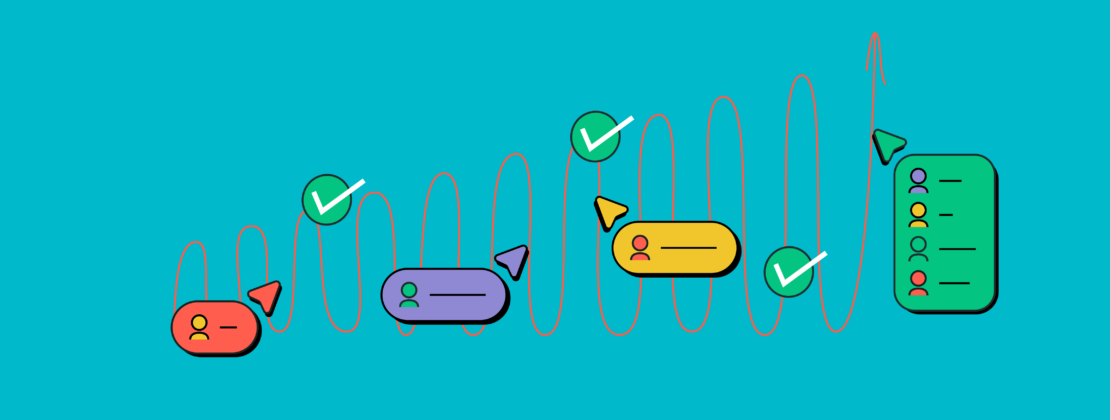Modern marketing is increasingly leaning toward social sharing. Why? It’s all about convincing customers to be brand ambassadors and salespeople.
Viral videos, memes, and other shareable content rule the web. When preparing a campaign, marketers want to tap into this to expand their reach and generate leads. This is where viral loops come in — and they’re a great way to leverage your customer base to achieve your growth goals.
Content:
What are viral loops?
Viral loops are a type of cyclical marketing that taps into the power of social sharing to increase brand awareness and acquire new customers. People use your product or service and then share it with friends, family, and colleagues.
Some of those potential customers then become active users who are also incentivized to spread awareness among their own network. And so the cycle continues.
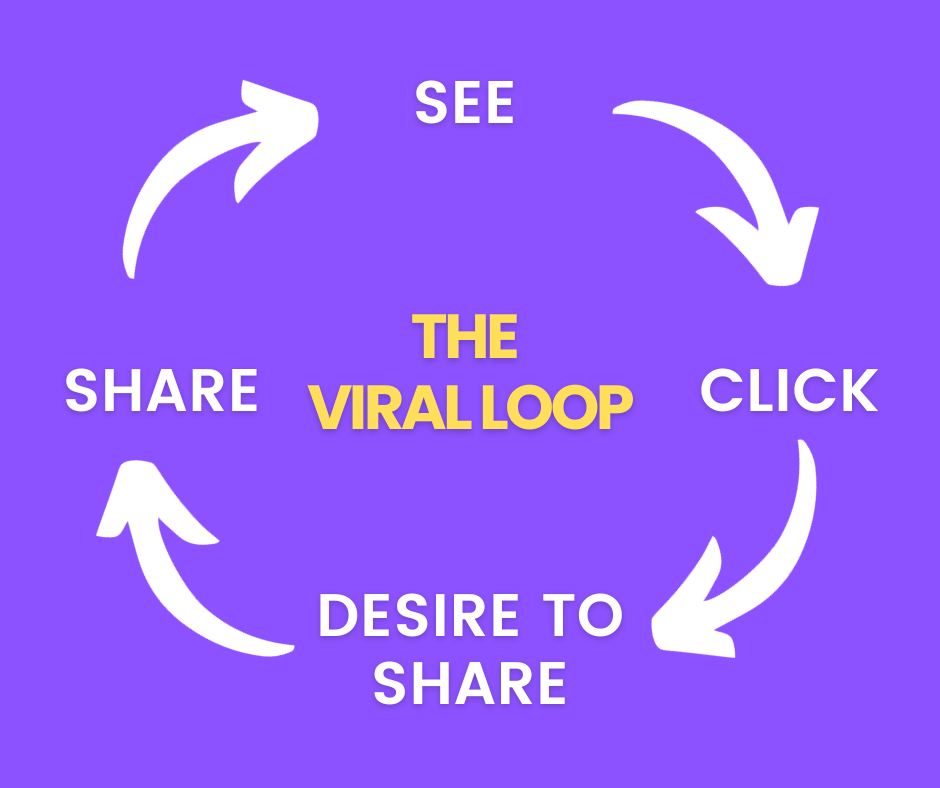
The goal? To create a closed loop that perpetually repeats.
And what can you expect in return? For one, it’s a great way to win customer trust. But word-of-mouth marketing campaigns also increase customer engagement and referrals.
Viral loops vs. growth loops
Viral and growth loops may sound similar, but they’re not the same.
In marketing, a growth loop is a business strategy designed to increase customer acquisition and retention. This starts when a user signs up and incorporates distinct steps for every input to determine a specific output.
A viral loop is a type of growth loop strategy. For instance, if a new user subscribes to a call center service, the provider may prompt them to synchronize their contact list as part of its growth loop. However, viral marketing would see them offer a credit for each successful contact they refer to the platform.
Here’s an example of a referral newsletter from Upcircle Beauty.
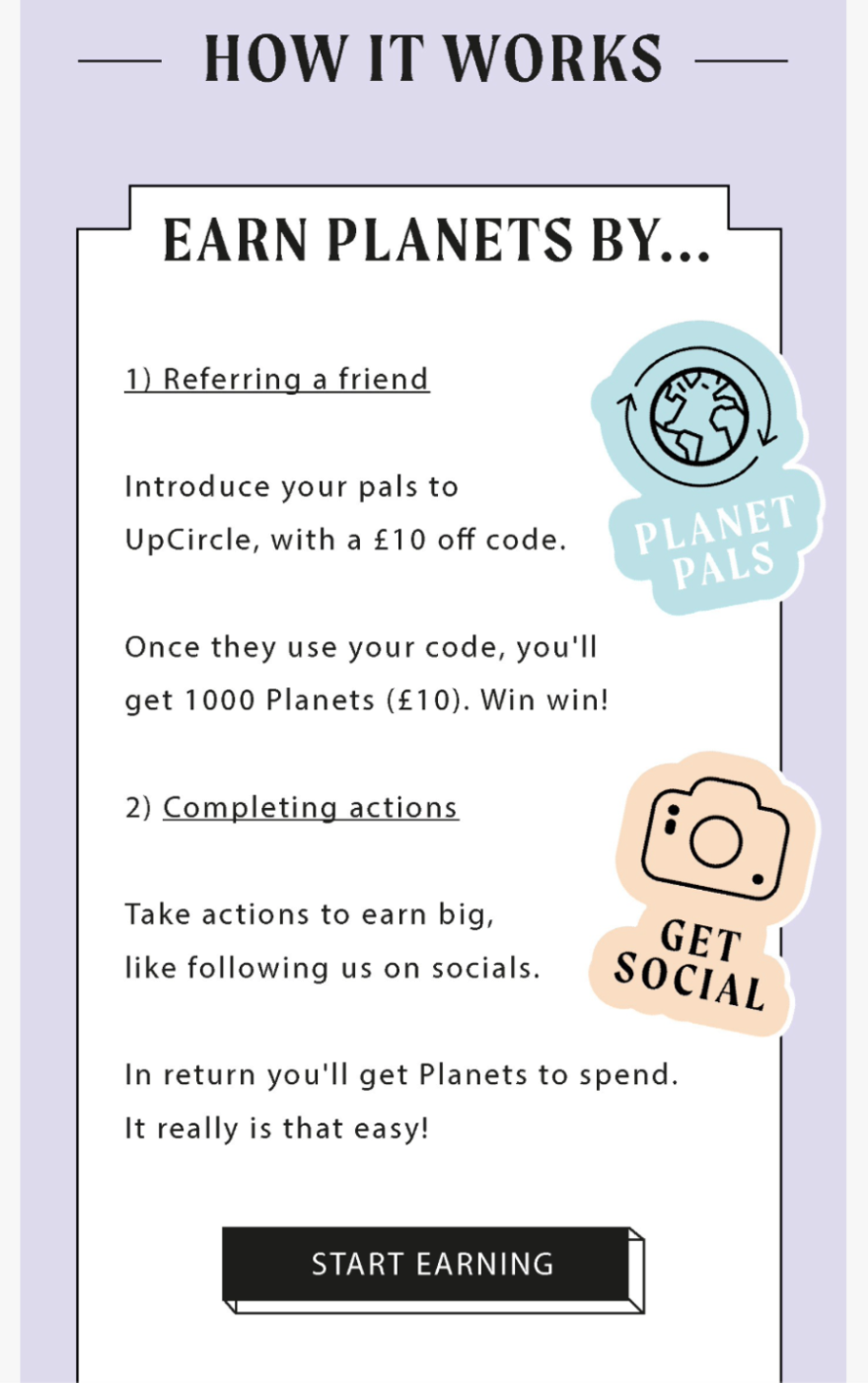
Benefits of using viral loops
Effective viral loops can significantly impact your marketing. Let’s explore the key benefits they can bring you.
Lower customer acquisition costs
At the moment, you are likely spending hundreds, if not thousands, of dollars to secure new customers. Since you’re investing so much, why not get a return on your investment?
Consider the virality coefficient:
Viral coefficient = average number of referrals Х referral conversion rate
Let’s say you have 10,000 customers. Each one makes 5 referrals with an average conversion rate of 25%. That puts your viral coefficient at 1.25. In other words, every participating customer is bringing in 1.25 new customers.
The higher your virality, the lower your average customer acquisition cost.
Better customer engagement
Viral loops reward customers for becoming brand ambassadors. It builds new ways for them to interact with and promote your brand, whether they share something online or in person.
Statista predicts that social media usage will grow to 5.85 billion users in 2027. Digital channels like social media offer nearly unlimited viral potential.
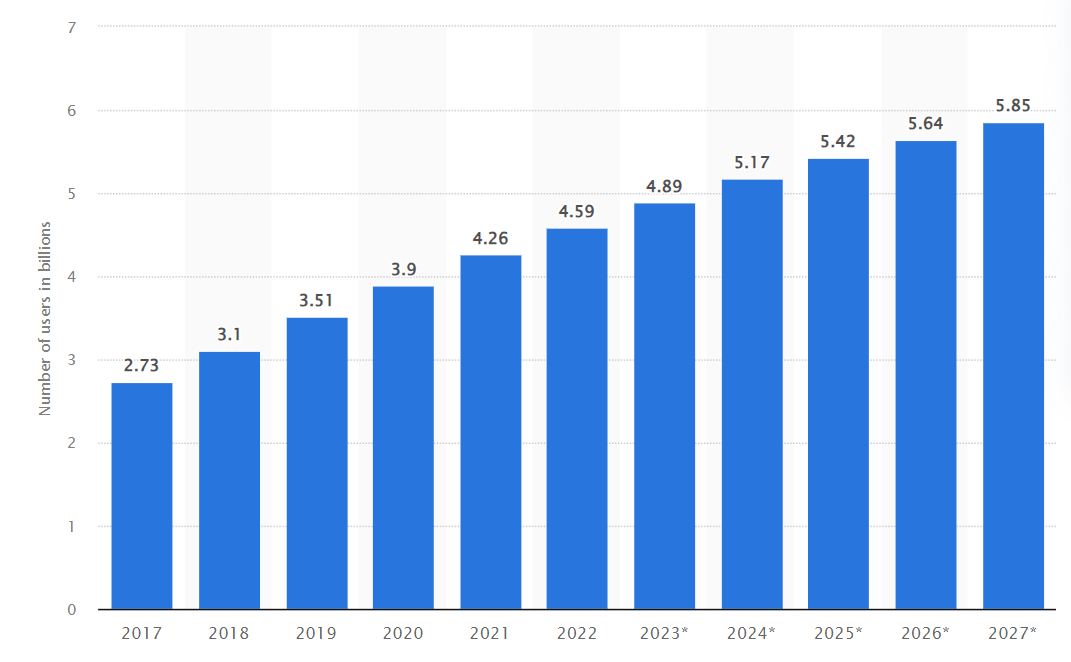
They also encourage social media sharing and other types of word-of-mouth marketing. Regardless of the incentives, when your customers mention your brand to others, it’s as if they’re working for you.
Increased customer retention and referrals
Viral strategies strengthen relationships with your top customers. The more they advocate for your brand, the more they’ll believe in it. As the loop continues, loyal customers will continue to buy from your company.
However, the value of the closed marketing loop goes beyond retention — viral loops work in the reverse of traditional sales funnels, adopting a more personalized approach. Standard marketing tactics start with many prospects and whittle them down to the best few who (hopefully) become customers.
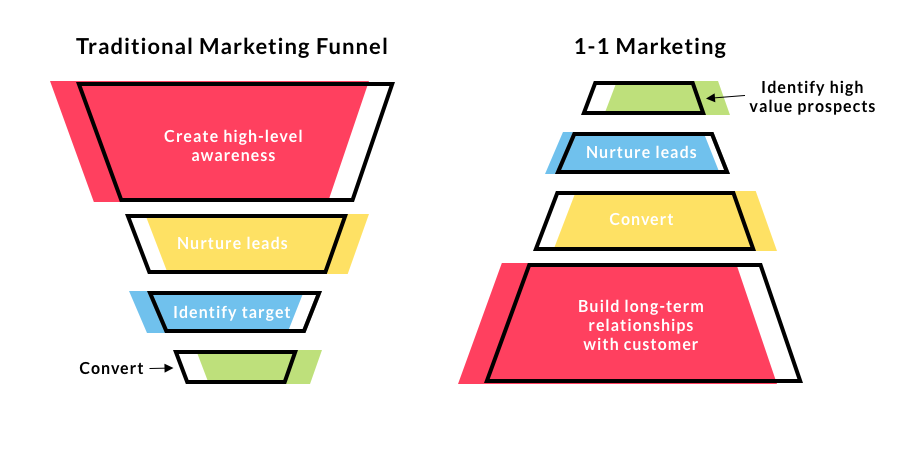
With a viral loop, you start with the customer to create more prospects. Converting prospects become customers who generate more prospects. Once again, these prospects become customers — you get the point.
Considering that personalization is one of the leading customer support best practices today, it makes sense to carry this over into a one-to-one marketing approach. Customer support teams often ask for feedback. Why not connect this to your viral strategy by asking customers to share that feedback with their network to generate referrals?
Five viral loop strategies
Now that you’ve wrapped your head around the concept of viral marketing, here’s how you can gently nudge your customers to start the loop:
- Offer incentives. Simply put, rewards are enticing. Typical incentives include discounts, gifts, cashback, or service upgrades.
- Launch a referral program. Ask customers to sign up for a referral program. Rewards can be repeatable or increase in value based on a points system. Referral programs are often double-sided. They incentivize both existing customers and newly acquired ones.
- Encourage content sharing. Use contests and discounts to encourage customers to promote your brand on social media. User-generated content is trustworthy, inspires more followers to share content of their own, and organically increases brand awareness.
- Offer freemium upgrades. This is a more specific type of incentive best suited to businesses that sell a virtual or subscription-based product, such as a VoIP phone service, collaboration software, or automation tool. For customers on the basic plan, you might offer a week of premium service for every successful referral. This gives users a chance to experience your advanced features. With any luck, they’ll switch to the premium plan when the reward expires.
- Enable your users to share. Help users tap into their social networks with share buttons, message templates, and short links. Seamless sharing makes it easy to leverage platforms like Instagram, Facebook, and WhatsApp to build viral loops.
How to create a viral referral loop for your brand
Building a viral loop is straightforward. But creating viral campaigns that spread like wildfire isn’t always so simple. We’ve outlined key steps to help you get started.
Gather data from your CRM
Like most marketing strategies, you need to identify buyer personas and segment your audience. A customer relationship management platform (CRM) helps you during this process.
Customer segmentation clearly defines the demographics and behavior of your biggest supporters. Your most loyal and valuable customers are the bullseye for your viral loop campaign.
Identify and create value
Now that you better know your target audience, dig into what motivates them. When designing your viral loop strategy, what incentive will best motivate those you seek referrals from?
At the same time, you need to be practical. How will that incentive fit into your business model, and at what cost? For example, in its early days, Spotify rewarded users with free months of service for every referral. After some time, the user base underwent exponential growth — but at the cost of revenue.
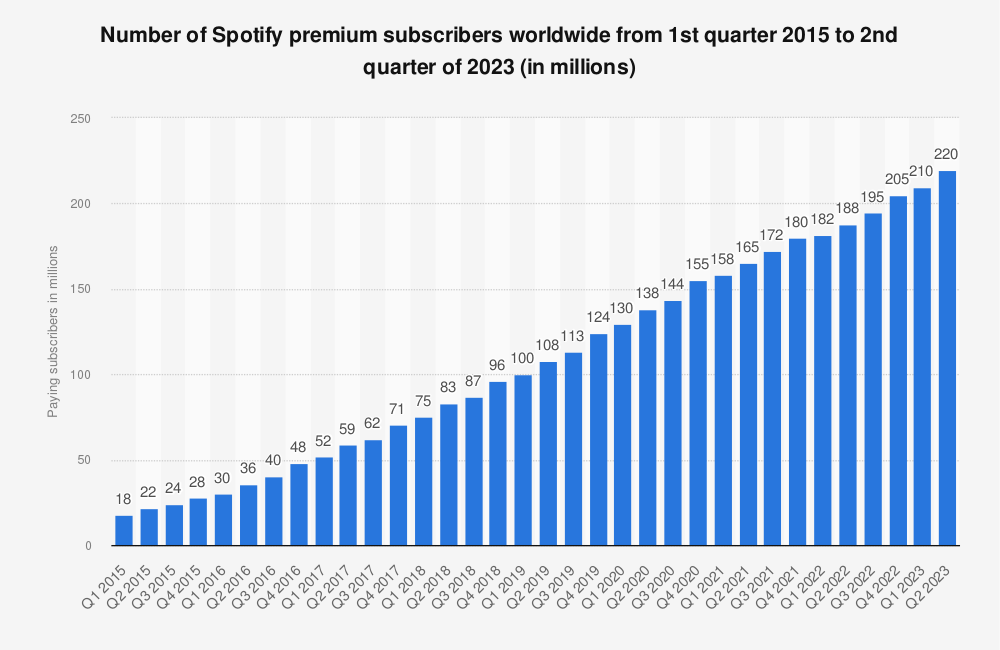
Users were able to continually benefit from free monthly subscriptions through endless referrals. To combat the issue, Spotify limited the amount of referral rewards. Sure enough, the viral loop still did its job. Referrals tried out the free service, and plenty of them signed up for paid subscriptions. Today, the streaming giant boasts 220 million subscribers.
Ask for referrals
Now you know the who and why of the viral loop. Next, it’s time to ask customers for referrals.
There are different ways to do this. You can ask for referrals in your new arrival emails or when a customer makes a purchase. If you send customer service follow-up emails, that is also a great time to ask.
Similarly, you can prompt visitors to your website via a landing page or an account notification. If you opt for a referral program, consider implementing a separate section to help customers easily track their referrals and rewards. For instance, customers who join SendPulse’s referral program can easily keep track of their results in their user accounts.
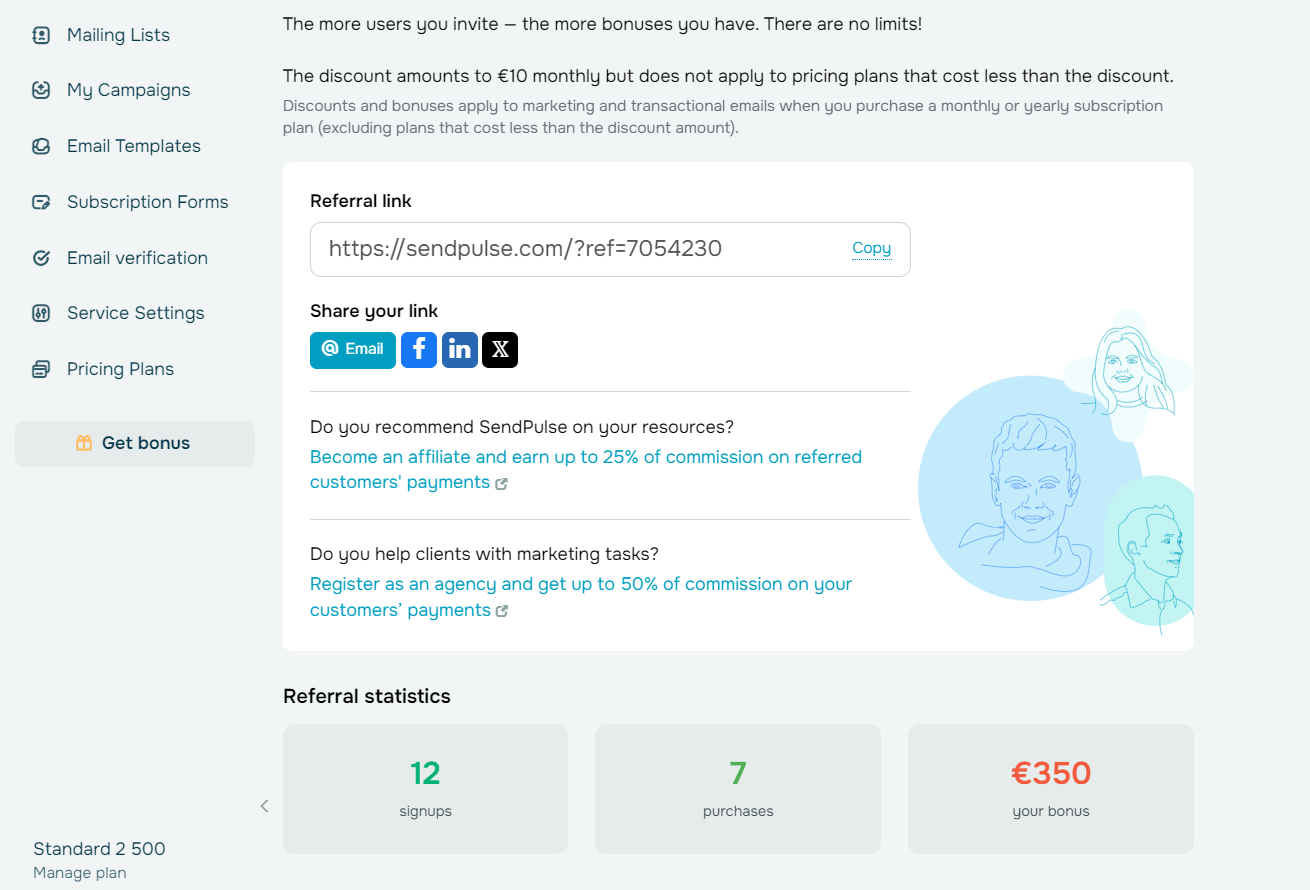
Alternatively, consider the different channels customers contact you on and how you can leverage those. Brand apps, live chats, and even the inbound call center solutions your customer service team uses are all great touchpoints for promoting the referral program during customer interactions.
Encourage the loop, make it shareable
Incentives are the primary driver for viral loops. However, you need an easy roadmap for customers to follow. If they find the process hard work or difficult to follow, they won’t give it much thought.
It’s up to you to make the process frictionless. For website content and social media, embed “share” buttons for popular channels like Twitter or add a link in your TikTok bio for seamless sharing.
Real-world viral loop examples
Now it’s time to look at a few examples of companies that created compelling viral loops to constantly increase the number of new users.
Duolingo
Duolingo’s language learning app has become a global favorite with over 500 million users. The company built its viral loops in several ways, one of which is based on its freemium offering.
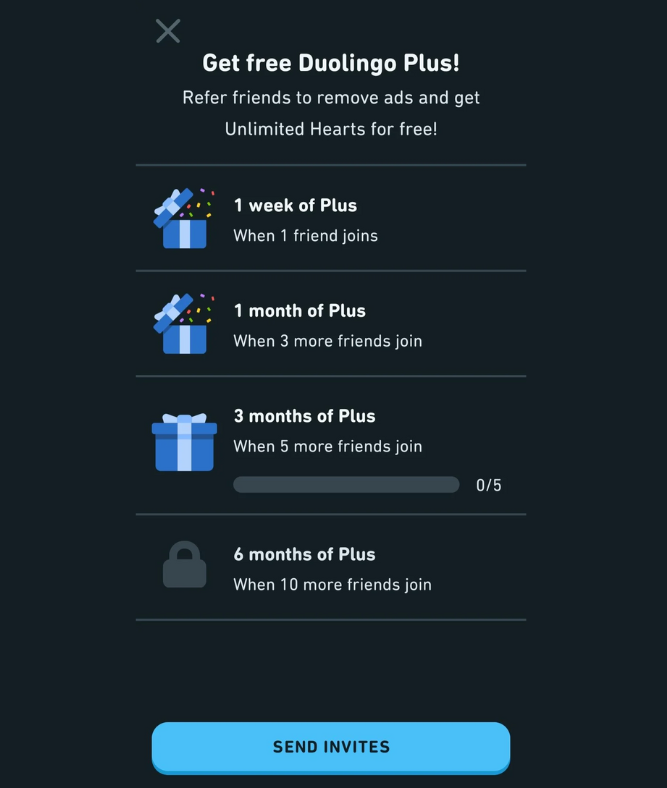
Users learn in the app daily but are limited in what they can do with the free version. Yet, the referral scheme encourages users to share the app with friends and family to unlock limited premium access. Plus, the app links to Facebook for easier sharing.
Dropbox
The storage platform, Dropbox, created an effective viral loop to rise through the ranks of cloud storage. Regardless of what plan users are on, they can add storage space with referrals. For every referral that signs up, customers are rewarded with 1 GB of extra space. New users have the same incentive, and the cycle repeats.

Airbnb
Guess how Airbnb increased from 21,000 guests in 2009 to having served over 1.5 billion bookings in 2023? Viral loops, of course! One of the platform’s early tactics was to prompt new users to immediately invite friends and family to sign up.

The incentives are double-sided. The referral receives credit, and as soon as they place a booking, so does the referring party.
Bolt
In places like Europe, Uber’s main competitor has been Bolt. The ridesharing app recently received an $8.4 billion valuation. Part of this viral growth can be put down to its content-sharing loop.

Social media users can sign up for Bolt’s ambassador program. Referrals are rewarded with free rides, cash, and other incentives.
Use viral loops to achieve sustainable growth
Your customers spend countless hours on smartphones and other internet-connected devices. It’s never been easier to tap into their referral networks and promote word-of-mouth marketing.
Use our guide to build seamless and engaging viral loops that will increase customer retention and help you achieve exponential growth.
